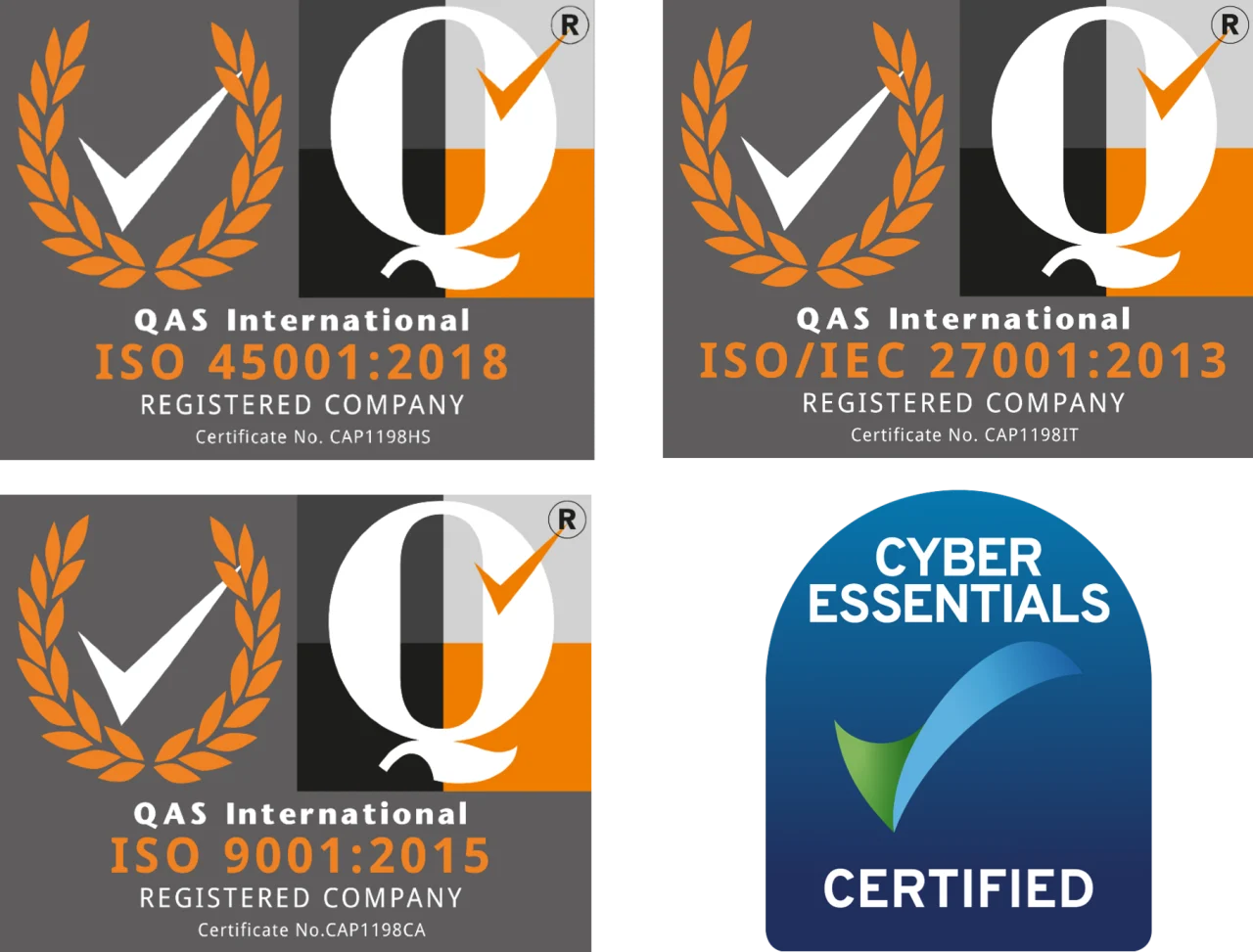For years, Microsoft has put the Windows name on phones because it’s a familiar brand, but with Windows 10, it’s also the name of the operating system you get on the phone. Most of the time it doesn’t look like Windows 10, because the interface that looks right on a notebook or large tablet is hard to see on a small screen.
But because Windows 10 for Phones is the same operating system core (Microsoft even calls it OneCore), you can plug in a keyboard or a mouse and even a screen to your phone – and when you do, the same Continuum experience that switches a notebook into tablet mode switches the phone into PC mode.
What we’ve now seen in multiple demos, is that Continuum for Phones changes the interface on the screen it’s connected to and gives you extra tools on the handset as well.
Another side to continuum is the effects it has on the start screen and app switching. For example if you have a windows tablet or a touch screen laptop with a detachable keyboard, you may want to just use your fingers, when you do, windows automatically reacts to this by changing the view of the desktop and start menu and putting it into “Tablet Mode”.
See Microsoft’s website for more information.

